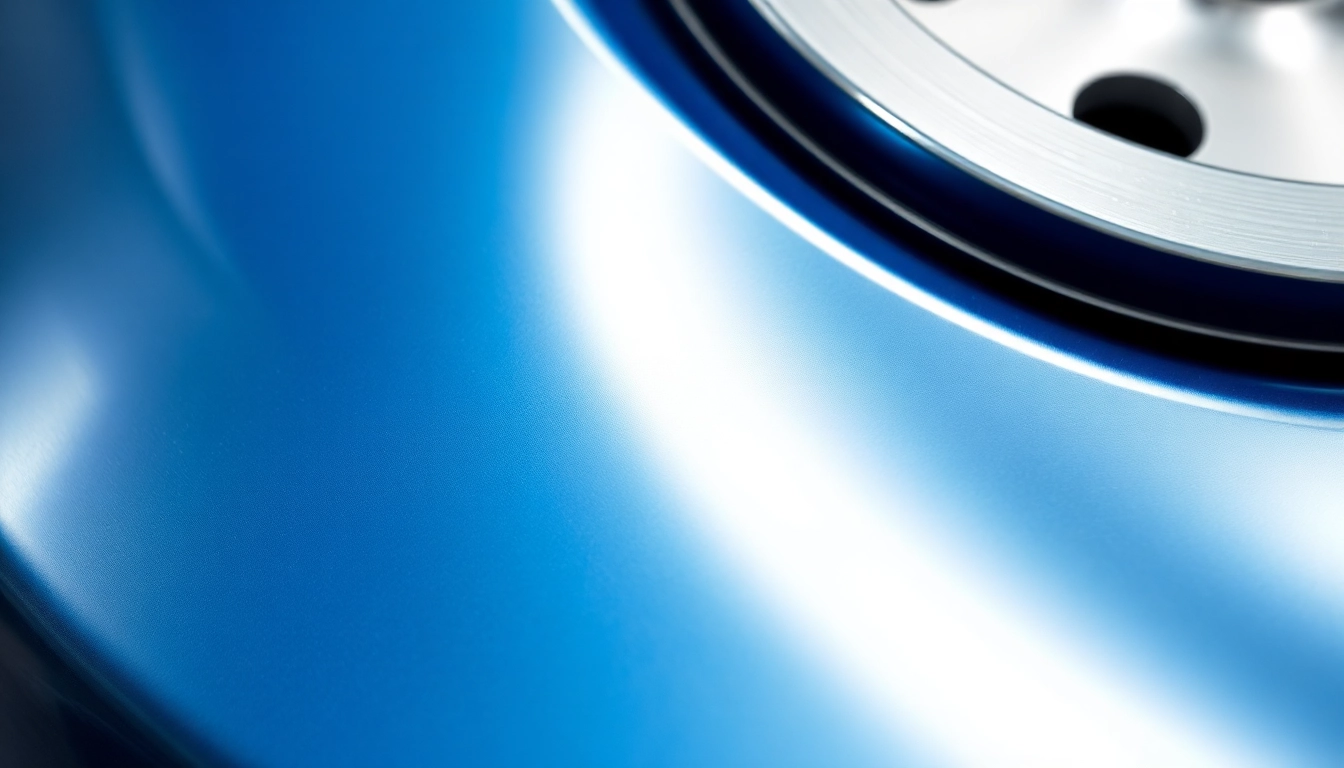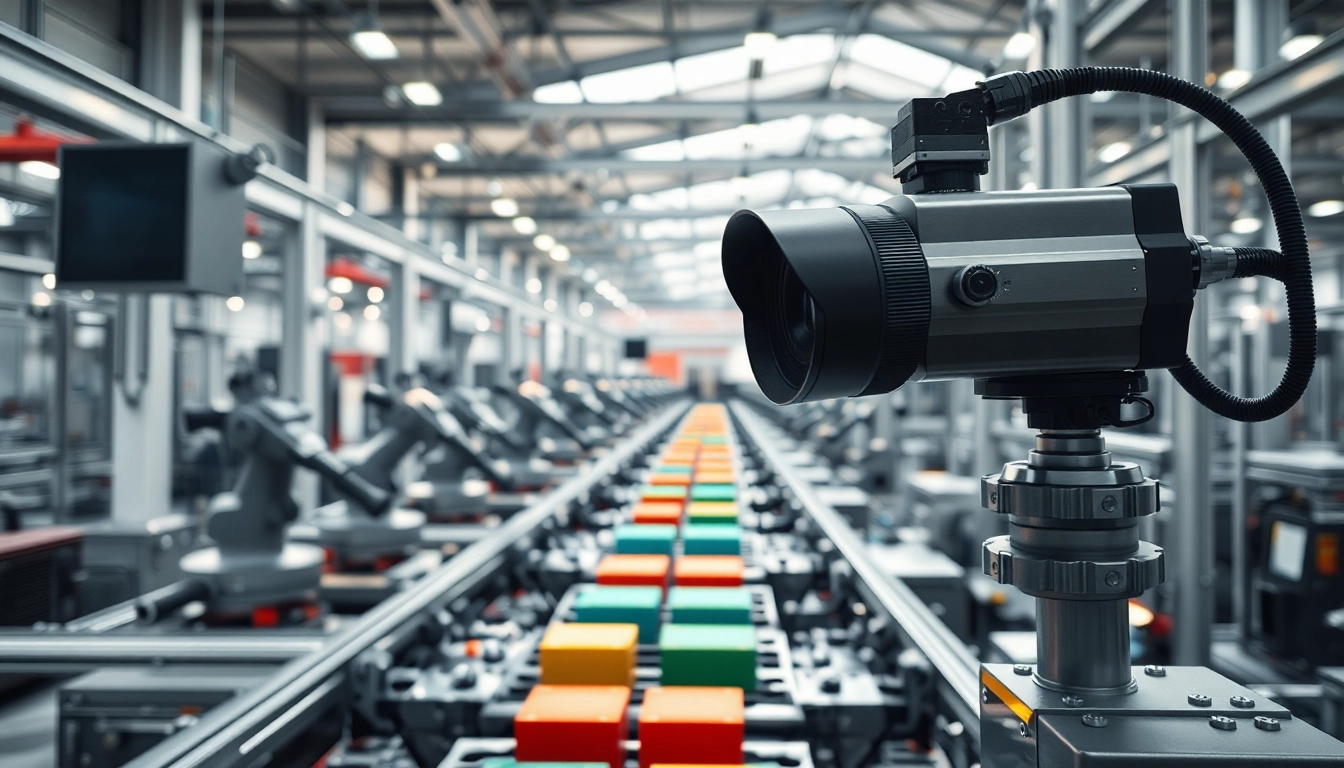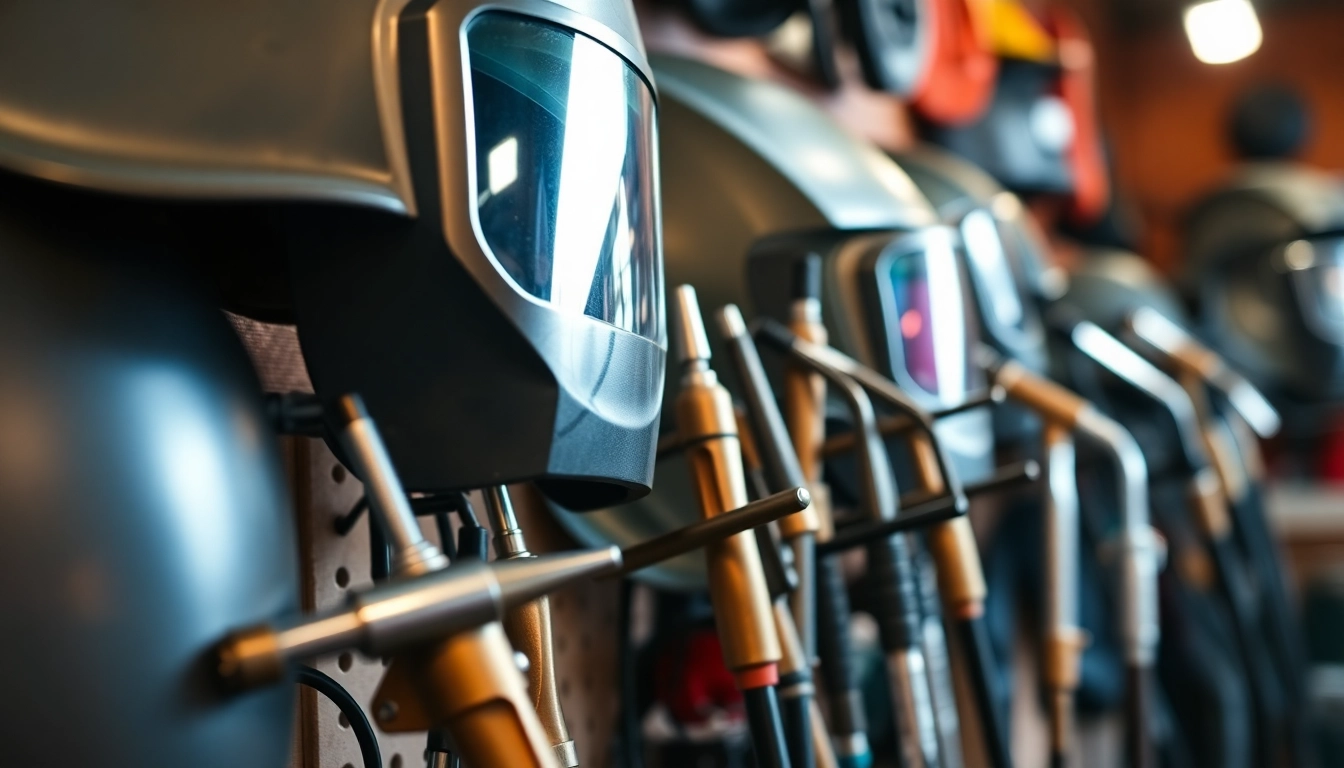Introduction to EP Coating
Electrophoretic Coating, commonly referred to as ep coating, is a sophisticated surface finishing process that is revolutionizing various industries, particularly manufacturing and automotive sectors. This advanced coating technique has been widely adopted due to its efficiency, effectiveness, and the high-quality finishes it provides. Understanding the fundamentals of EP coating, including its history, benefits, and applications, is essential for businesses looking to enhance the durability and longevity of their products.
What is EP Coating?
EP Coating, or Electrophoretic Coating, is an electrochemical process that deposits paint onto conductive surfaces through the use of an electrical current. The basic principle involves immersing a substrate in a paint bath, where charged particles are attracted to the oppositely charged substrate surface. As the electrical current flows, the paint particles coalesce on the surface, forming a uniform and durable layer. This method is particularly suitable for products that need enhanced corrosion resistance and a smooth, even coating.
History and Evolution of Electrophoretic Coating
The development of electrophoretic coating traces back to the early 20th century. Initially, the method was utilized in the laboratory for research purposes. However, during the 1960s and 1970s, EP coating technology emerged as a viable industrial process. The automotive industry was one of the first to adopt this technology for coating vehicle parts, significantly improving finish quality and protection against corrosion. Over the years, advancements in technology and materials have allowed for greater customization, efficiency, and performance in EP coatings, making it a standard practice in manufacturing environments today.
Benefits of Using EP Coating
EP coating offers numerous advantages over traditional painting methods:
- Superior Corrosion Resistance: The coating creates a robust barrier against environmental factors, effectively preventing rust and degradation.
- Even Coverage: The electrophoretic process ensures that coating is uniformly applied, even in hard-to-reach areas.
- Environmentally Friendly: EP coatings can minimize waste and hazardous emissions compared to conventional solvent-based paints.
- Excellent Adhesion: The bonding process during electrophoresis provides a durable attachment to the substrate, increasing the longevity of the finish.
- Versatility: This coating technique can be applied to a variety of metals and is adaptable to multiple industries.
The Process of EP Coating
Step-by-Step: How EP Coating Works
The electrophoretic coating process involves several critical steps:
- Preparation: The substrate must be thoroughly cleaned and pre-treated to ensure proper adhesion. This often involves degreasing and phosphating processes.
- Immersion: The prepared parts are immersed in an electrophoretic paint bath containing microscopic particles of paint that are charged.
- Electrophoresis: A direct current is applied. The positively charged paint particles move towards the negatively charged substrate, depositing onto its surface.
- Curing: After the desired coating thickness is achieved, the parts undergo a curing process at controlled temperatures to enhance the paint’s durability and adherence.
- Quality Inspection: The coated items are then inspected for uniformity, adhesion, and overall coating quality.
Common Applications of Electrophoretic Coating
EP coating is widely used in various industries due to its versatility and performance advantages. Some common applications include:
- Automotive Industry: Used for coating vehicle parts, providing both aesthetic finishes and protection against road chemicals.
- Aerospace: Enhances the durability of components exposed to harsh environmental conditions.
- Electronics: Offers protective coatings for circuit boards and components.
- Construction: Used for finishing metal frames and structural elements for added corrosion protection.
- Manufacturing: Coating machinery and tools to improve their lifespan and durability.
Factors Influencing Quality in EP Coating
The quality of EP coating can be influenced by various factors, including:
- Electrical Parameters: Voltage and current settings greatly impact the coating thickness and uniformity.
- Forbath Composition: The type and concentration of paint particles in the bath influence performance characteristics.
- Substrate Preparation: The cleanliness and pre-treatment of the substrate are crucial to achieving the desired adhesion and coating quality.
- Curing Conditions: Temperature and time spent during the curing process affect the overall hardness and durability of the coating.
- Environmental Conditions: Humidity and temperature during the coating process can influence the outcome.
EP Coating vs Other Coatings
Comparing EP Coating with Powder Coating
Both EP coating and powder coating are popular techniques for finishing metal surfaces. However, they differ in some significant ways:
- Application Method: EP coating uses an electric charge to apply paint, while powder coating relies on static electricity to adhere dry powder particles.
- Curing Process: While both methods involve curing, EP coating typically cures at lower temperatures and can be more energy-efficient.
- Surface Finish: EP coating provides an even, smooth finish, while powder coating can achieve thicker layers and textured finishes.
- Environmental Impact: Both methods are environmentally friendly, but EP coating uses water-based products, reducing VOC emissions.
Advantages Over Traditional Painting Methods
Compared to traditional painting techniques, EP coating offers several distinct advantages:
- Consistency: Traditional spray painting can lead to drips and uneven application, while EP coating ensures a consistent, even layer.
- Time Efficiency: The electrophoretic process can be faster than traditional methods, reducing lead times and increasing productivity.
- Reduced Waste: The closed-loop system often used in EP coating minimizes overspray, leading to less waste of materials compared to traditional spray methods.
- Improved Performance: The resulting coatings from EP processes generally exhibit better hardness, flexibility, and resistance to corrosion.
Industry Specific Use Cases
Electrophoretic coating has found unique applications across different industries. Some notable examples include:
- Automotive: EP coating protects parts like chassis and undercarriages from harsh environmental conditions, extending the life of vehicles.
- Aerospace: Utilized on aircraft components to enhance durability and reduce weight without compromising performance.
- Medical Devices: Used to provide biocompatible coatings on surgical instruments that require sterile, corrosion-resistant surfaces.
- Household Appliances: Coats components in refrigerators, microwaves, and other appliances to create aesthetically pleasing finishes while protecting against corrosion.
- Manufacturing Equipment: Coated tools and machinery receive improved wear resistance, enhancing operational lifetime and productivity.
Choosing the Right EP Coating Service
Key Considerations for Selecting a Provider
Selecting a suitable EP coating service is crucial for achieving desired outcomes. Key considerations include:
- Experience and Expertise: Choose providers with a proven track record in electrophoretic coating applications relevant to your industry.
- Quality of Materials: Ensure that the service utilizes high-quality paints and materials that meet regulatory standards.
- Technological Capabilities: Verify the latest equipment and technology are employed, which can ensure better quality and efficiency.
- Customer Service: Good communication and support are vital for smoothly navigating project requirements and timelines.
- Facility Certification: Look for certifications that demonstrate compliance with industry standards and quality assurance protocols.
Quality Assurance Processes in EP Coating
A reliable EP coating service should have robust quality assurance processes in place, including:
- Pre-Production Tests: Conducting tests on surface preparation and paint bath quality before starting production.
- In-Process Monitoring: Regular checks during coating application to ensure consistent quality, thickness, and adhesion.
- Post-Production Testing: Rigorous examination of coated products for durability, appearance, and performance metrics, ensuring they meet specifications.
- Feedback Mechanisms: Utilizing customer feedback to drive continuous improvement in processes and materials used.
- Documentation: Maintaining records of quality assurance tests and outcomes for accountability and transparency.
Cost Factors to Consider
When evaluating EP coating services, it’s important to consider various cost factors:
- Type of Coating: The specific type of electrophoretic coating required can influence pricing. Specialty coatings may incur higher costs.
- Volume of Parts: Larger quantities often benefit from economies of scale, potentially lowering the unit cost.
- Complexity of Parts: Intricate shapes or multiple finishes may require additional labor and resources, affecting overall costs.
- Preparation and Finishing: Pre-treatment and post-treatment processes are vital for quality, and these additional steps may increase expenses.
- Lead Times: Urgent project timelines might entail rush fees, noticeably impacting the overall cost.
Future Trends in EP Coating Technology
Innovations in Electrophoretic Coating
The EP coating industry is continually evolving, and several trends are shaping its future:
- Smart Coatings: Research is advancing towards developing coatings with integrated sensors and self-healing properties.
- Advanced Materials: The exploration of nanotechnology and hybrid materials could lead to coatings with enhanced durability and aesthetic appeal.
- Eco-Friendly Solutions: Continued focus on sustainable practices will drive the use of non-toxic, water-based coatings that reduce environmental impact.
- Automation: Increased automation in the application process is expected to improve efficiency, precision, and reduce human error.
- Customization: Tailored solutions for specific applications will become more accessible as technology advances.
Environmental Benefits of EP Coating
As environmental concerns continue to grow, the benefits of EP coating with respect to sustainability become increasingly relevant:
- Reduced Waste: The electrophoretic process minimizes waste through a closed-loop system where unused paint can be recycled.
- Lower VOC Emissions: Water-based coatings used in EP processes produce significantly fewer volatile organic compounds than traditional solvent-based paints.
- Energy Efficiency: The curing process generally requires lower temperatures compared to powder or conventional paint systems, leading to lower energy consumption.
- Durable Coatings: The longevity and resilience of EP coatings reduce the need for frequent re-coating, thereby decreasing resource usage over time.
- Compliance with Regulations: Many EP coatings are compliant with environmental regulations, making them a safer choice for businesses concerned about regulatory adherence.
The Future of Coating Solutions in Industries
The future of coating solutions, including electrophoretic coatings, is likely to be shaped by technological advancements and industry demands. Enhanced performance standards, increased durability requirements, and a push for environmentally friendly solutions are anticipated to drive innovation:
- Customization Trends: As industries seek tailored solutions for specific applications, providers that can deliver bespoke services will stand out in the market.
- Integration with IoT: The Internet of Things (IoT) may influence coating technologies by enabling smart functionalities in coated products.
- Global Reach: As manufacturing becomes more interconnected, the demand for reliable, high-quality coating solutions will rise across various regions, increasing opportunities in the global market.
- Continuous Innovation: Ongoing research into materials and processes is expected, leading to breakthroughs that will enhance existing coating technologies.
- Sustainability Initiatives: Producers will continue to prioritize environmentally responsible practices in pursuit of reducing the overall carbon footprint of industrial coating operations.



